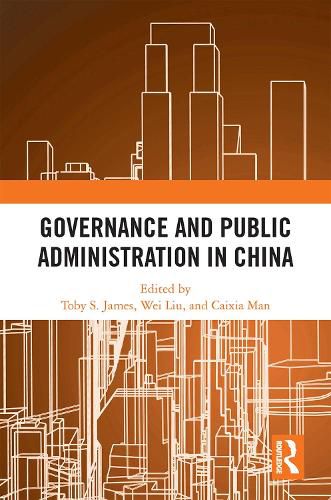Readings Newsletter
Become a Readings Member to make your shopping experience even easier.
Sign in or sign up for free!
You’re not far away from qualifying for FREE standard shipping within Australia
You’ve qualified for FREE standard shipping within Australia
The cart is loading…






China has traditionally been held up around the world as the architype of centralised governance and a top-down system of public administration. But to what extent does this remain true of modern China? This book provides an updated perspective on modern China through a series of cutting edge, original studies focusing on public administration in China.
The book opens with an overview of the key political institutions and the evolution of public administration research in China, followed by two distinct sections. Part I contains studies focusing on power, governance and administration. Part II focusses on ‘what works’ in solving wicked problems in Chinese society. The volume shows that China has seen some localisation and decentralisation, alongside experiments with collaboration and networked based policy making. However, the system of governance and public administration remains innately top-down and centralised with the center holding strong policy levers and control over society. As the pandemic revealed, this statist approach provided both governing opportunities and disadvantages.
The chapters in this book were originally published as a special issue of Policy Studies.
$9.00 standard shipping within Australia
FREE standard shipping within Australia for orders over $100.00
Express & International shipping calculated at checkout
China has traditionally been held up around the world as the architype of centralised governance and a top-down system of public administration. But to what extent does this remain true of modern China? This book provides an updated perspective on modern China through a series of cutting edge, original studies focusing on public administration in China.
The book opens with an overview of the key political institutions and the evolution of public administration research in China, followed by two distinct sections. Part I contains studies focusing on power, governance and administration. Part II focusses on ‘what works’ in solving wicked problems in Chinese society. The volume shows that China has seen some localisation and decentralisation, alongside experiments with collaboration and networked based policy making. However, the system of governance and public administration remains innately top-down and centralised with the center holding strong policy levers and control over society. As the pandemic revealed, this statist approach provided both governing opportunities and disadvantages.
The chapters in this book were originally published as a special issue of Policy Studies.